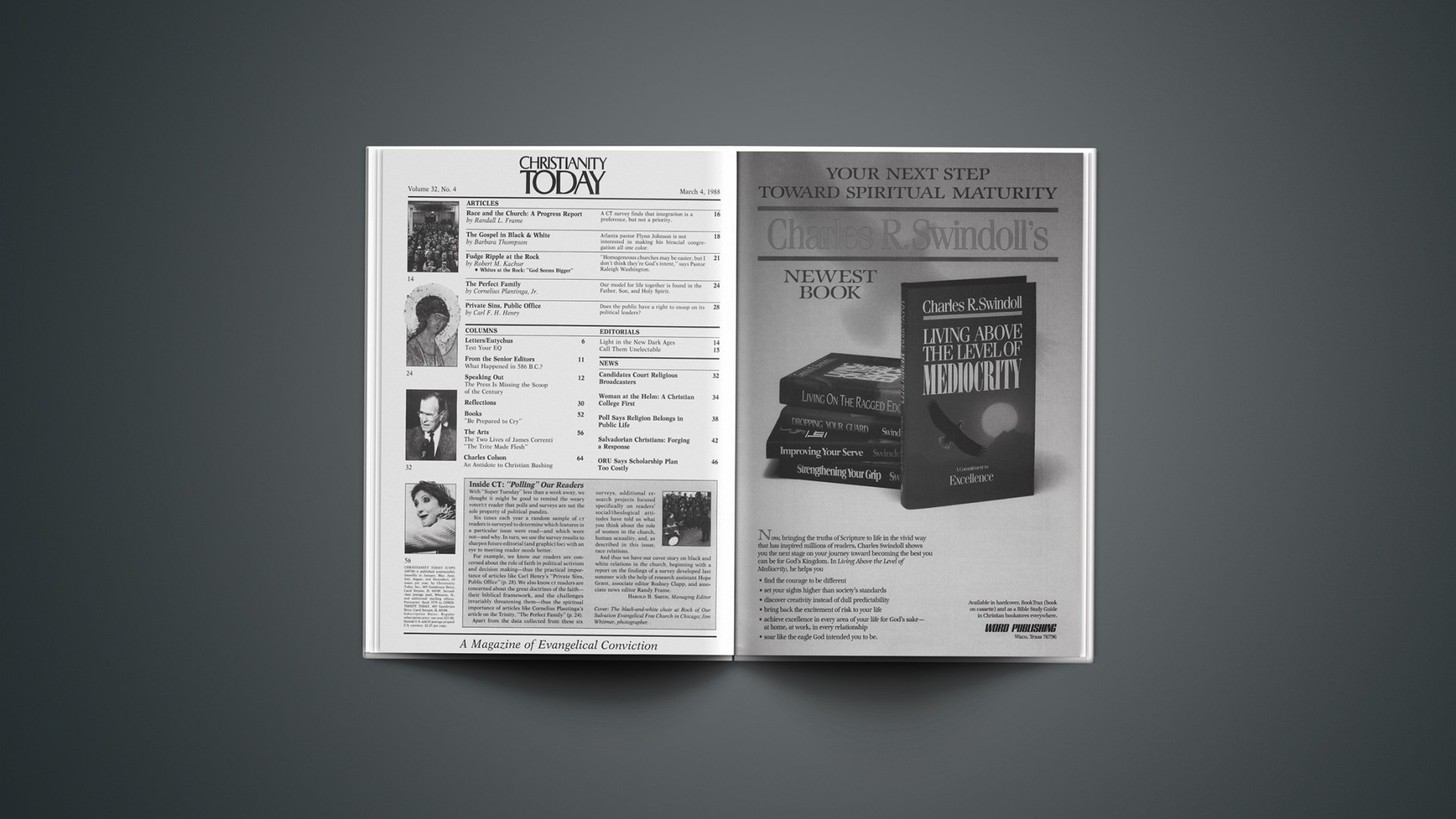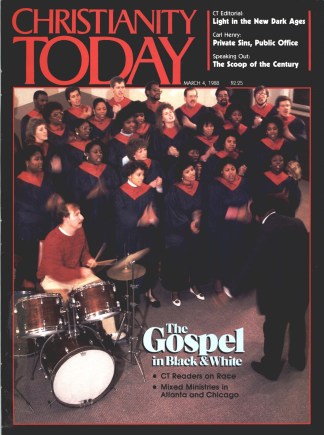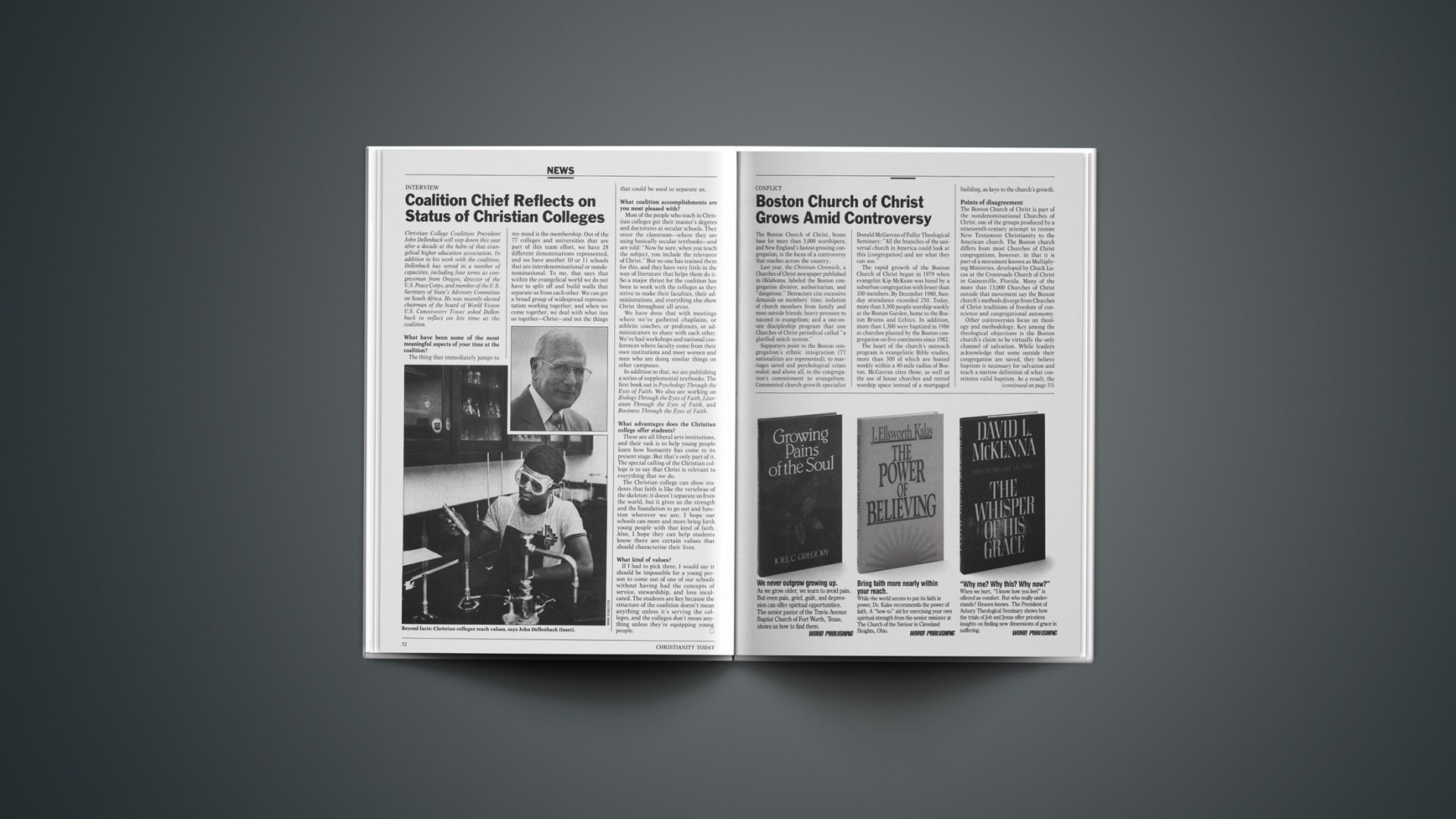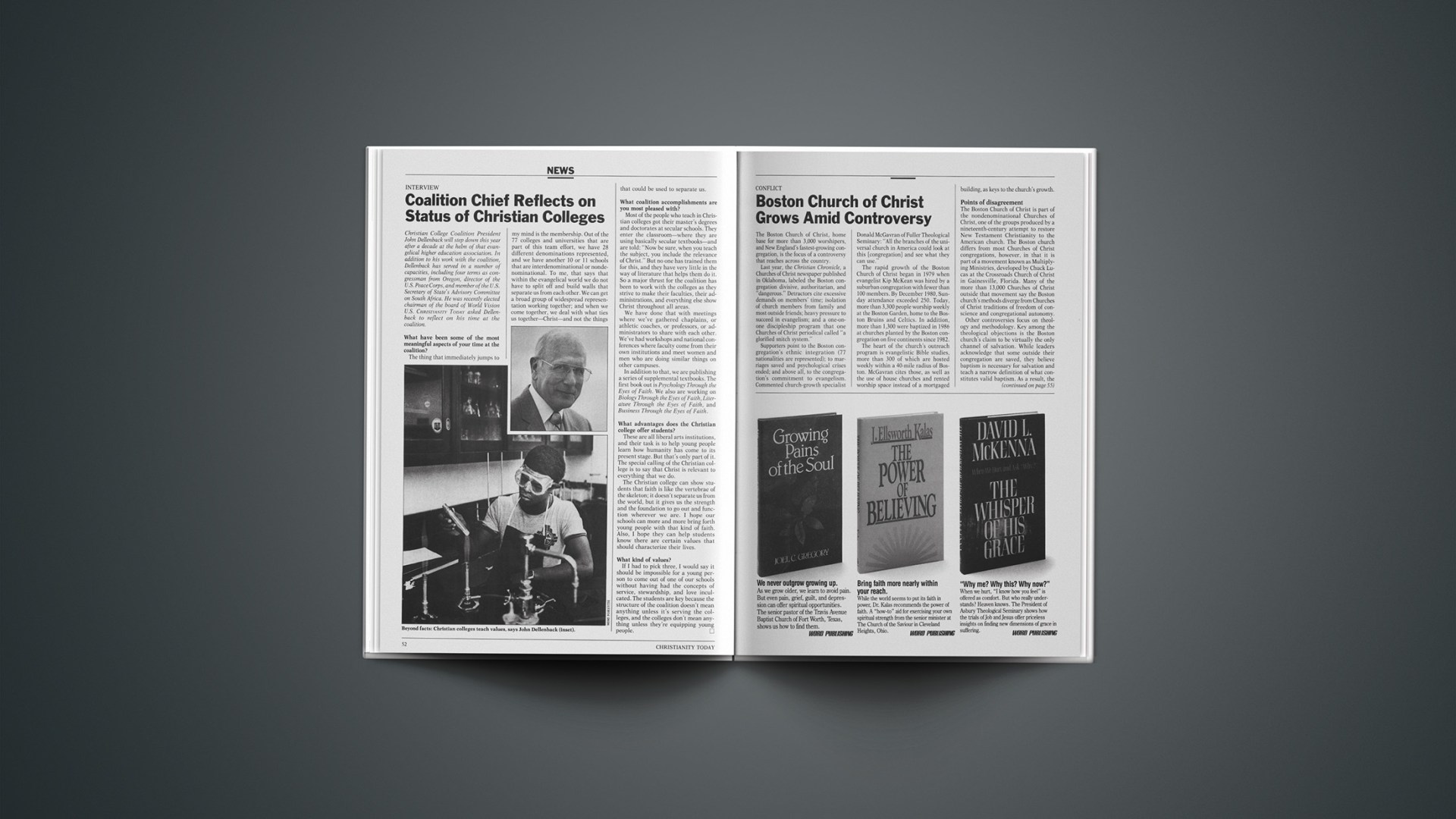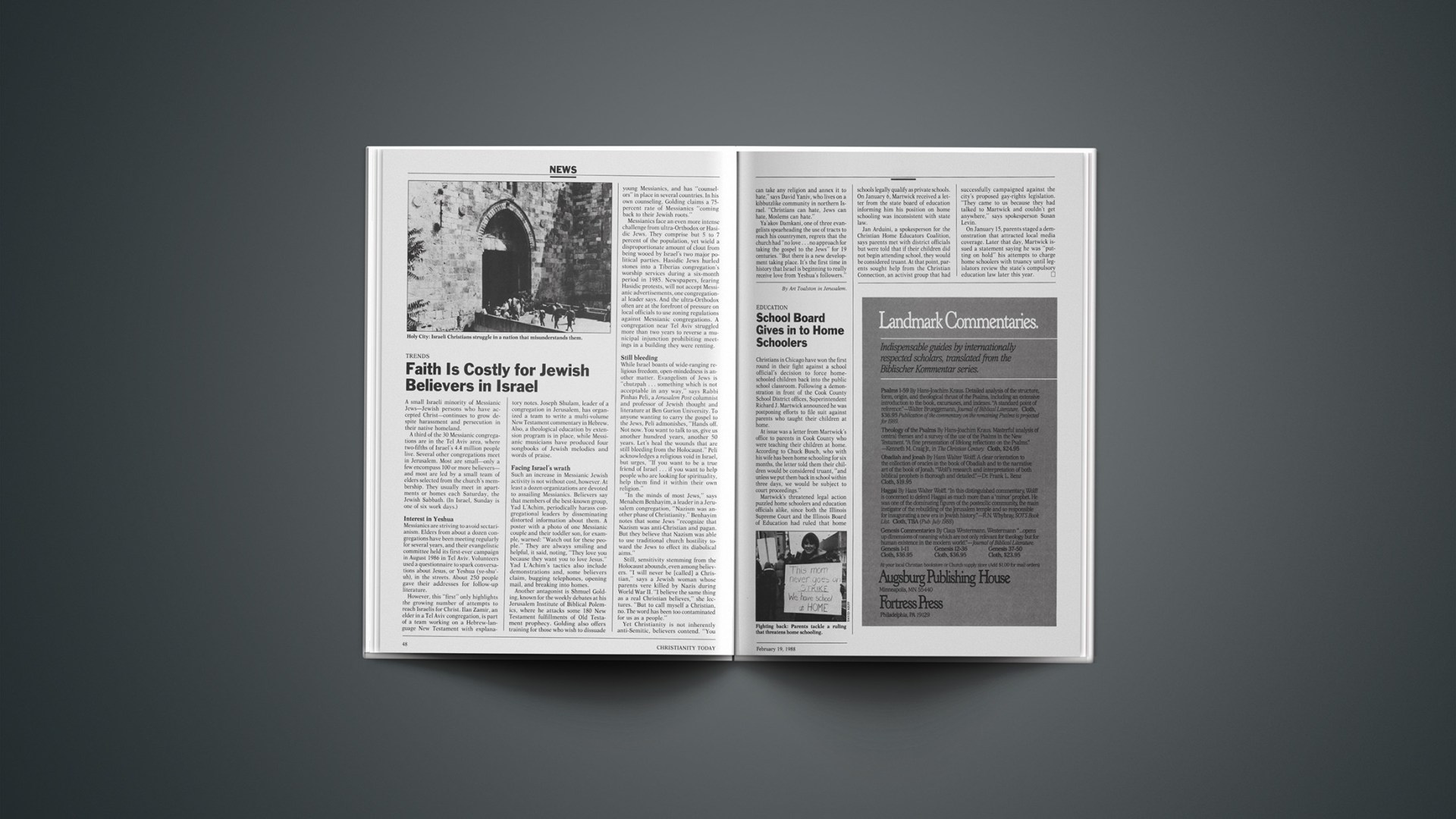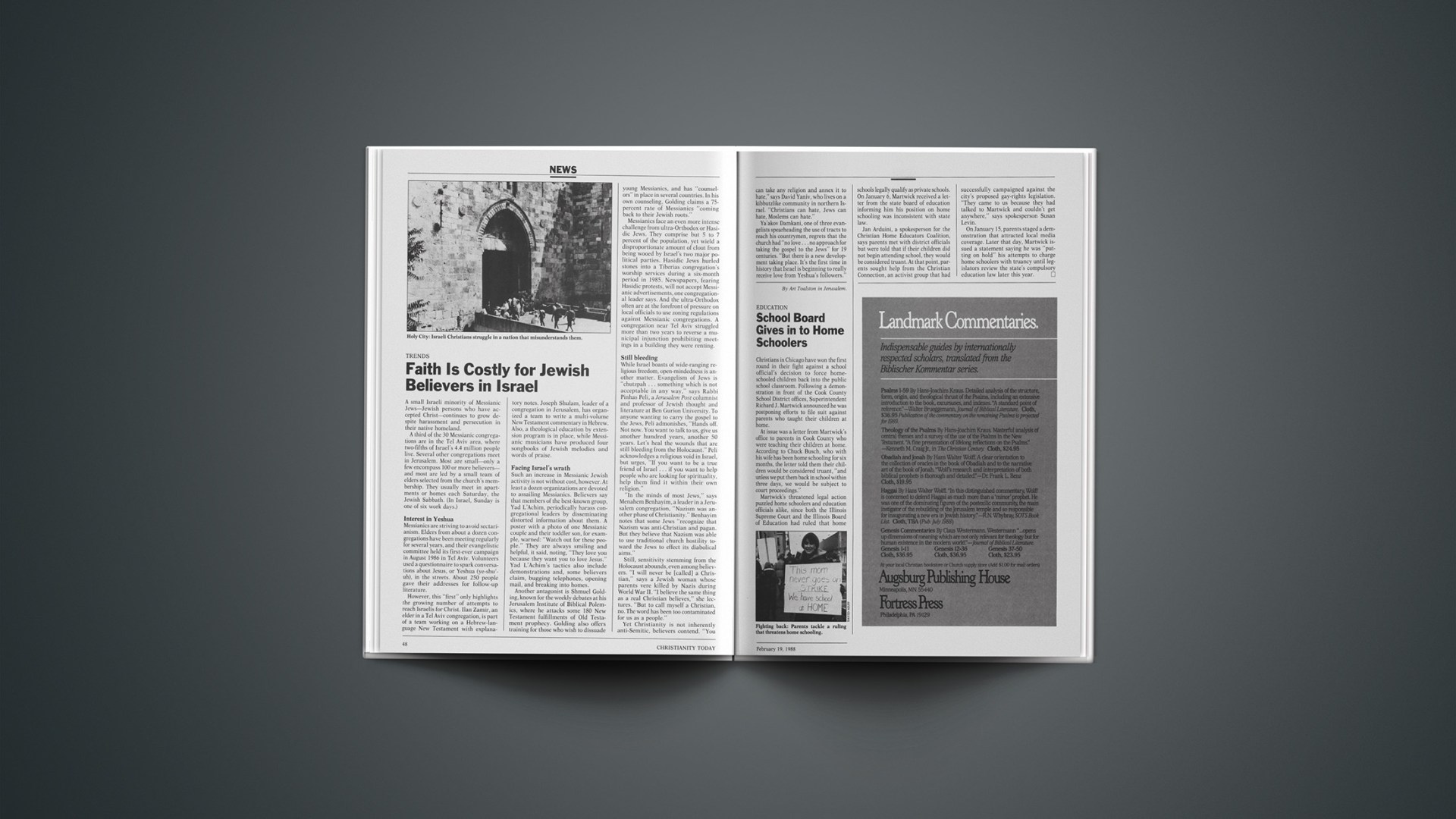With “Super Tuesday” less than a week away, we thought it might be good to remind the weary voter/CT reader that polls and surveys are not the sole property of political pundits.
Six times each year a random sample of CT readers is surveyed to determine which features in a particular issue were read—and which were not—and why. In turn, we use the survey results to sharpen future editorial (and graphic) foci with an eye to meeting reader needs better.
For example, we know our readers are concerned about the role of faith in political activism and decision making—thus the practical importance of articles like Carl Henry’s “Private Sins, Public Office” (p. 28). We also know CT readers are concerned about the great doctrines of the faith—their biblical framework, and the challenges invariably threatening them—thus the spiritual importance of articles like Cornelius Plantinga’s article on the Trinity, “The Perfect Family” (p. 24).
Apart from the data collected from these six surveys, additional research projects focused specifically on readers’ social/theological attitudes have told us what you think about the role of women in the church, human sexuality, and, as described in this issue, race relations.
And thus we have our cover story on black and white relations in the church, beginning with a report on the findings of a survey developed last summer with the help of research assistant Hope Grant, associate editor Rodney Clapp, and associate news editor Randy Frame.
HAROLD B. SMITH, Managing Editor
Cover: The black-and-white choir at Rock of Our Salvation Evangelical Free Church in Chicago; Jim Whitmer, photographer.

